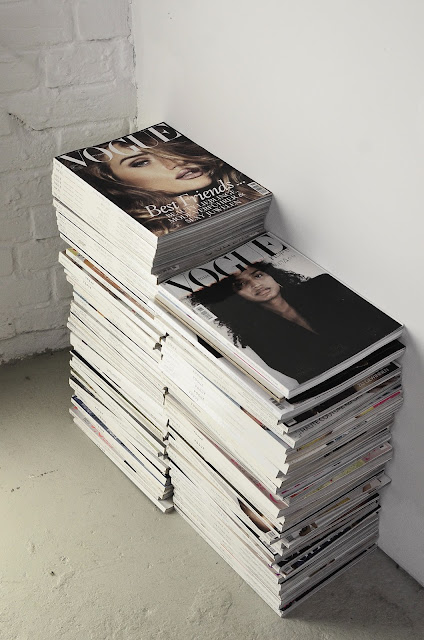Elevate Your Packaging Game: A Comprehensive Look at Post-Printing Machines Introduction: In the ever-evolving landscape of packaging, staying ahead of the competition requires innovation and efficiency. Post-printing machines have emerged as game-changers in the packaging industry, offering manufacturers unparalleled flexibility and quality in producing corrugated boxes. This comprehensive guide aims to delve into the world of post-printing machines, exploring their functionalities, benefits, and the transformative impact they have on elevating packaging standards. Understanding Post-Printing Machines: Post-printing machines are integral to the manufacturing process of corrugated boxes, enabling the application of graphics, text, and branding onto pre-formed boxes. Unlike pre-printing methods, which occur before corrugation, post-printing takes place after corrugation, allowing for greater customization and efficiency. Types of Post-Printing Machines: Flexographic Printing Presses: Th...
How does letterpress printing work ?
Letterpress printing is a printing process that involves pressing inked metal or wooden type or plates onto paper, leaving a raised impression of the text or image. Here are the basic steps involved in the letterpress printing process:
- Design: The first step is to create a design or artwork that will be printed. This can be done using a variety of methods, such as digital design software, hand-drawn illustrations, or a combination of the two.
- Typesetting: Once the design is created, the text is set in reverse on metal or wooden blocks called type, using individual pieces for each letter or character. The blocks are then arranged in a frame called a "chase".
- Plate Making: If the design includes images or graphics, a metal or plastic plate is created using a photographic process.
- Ink Preparation: Ink is mixed by hand or using a machine to achieve the desired color and consistency.
- Printing: The paper is placed on the press, and the ink is applied to the raised surface of the type or plate. The press is then set to apply pressure to the paper, and the inked type or plate is pressed onto the paper, creating an impression.
- Finishing: Once the printing is complete, the paper may be trimmed, folded or any additional finishing touches, such as embossing or foil stamping, may be added.
The letterpress printing process requires a high level of skill and attention to detail, and is often done by experienced printers who specialize in this technique. It is a slow, labor-intensive process that produces high-quality, tactile results with a unique, vintage look.

Comments
Post a Comment